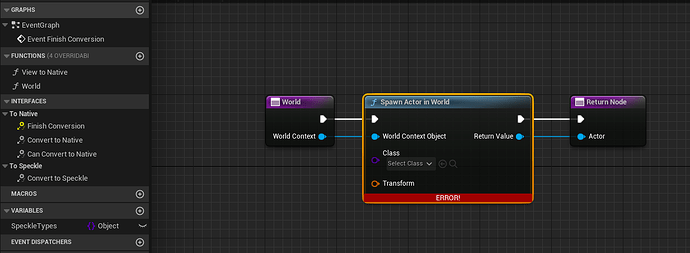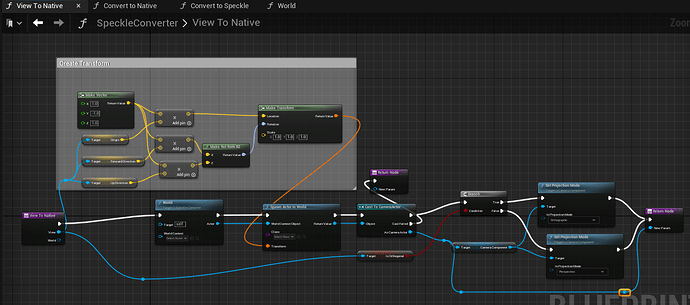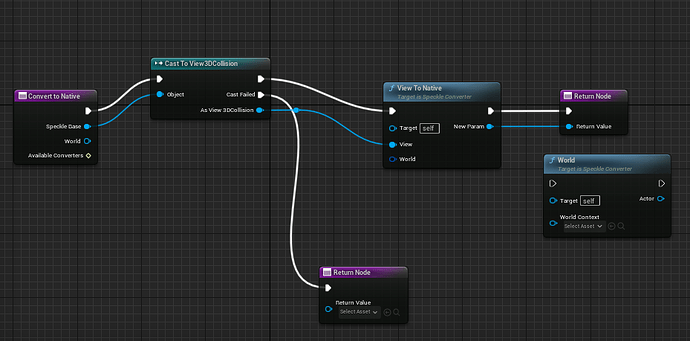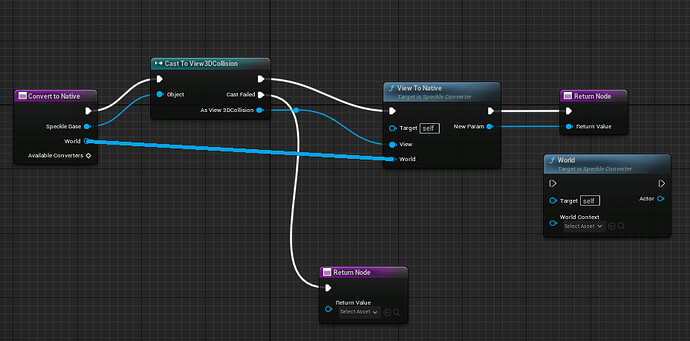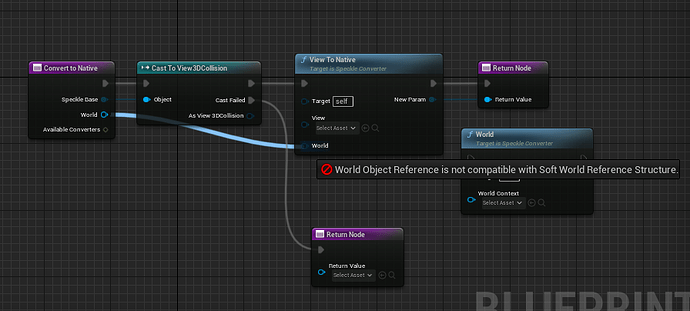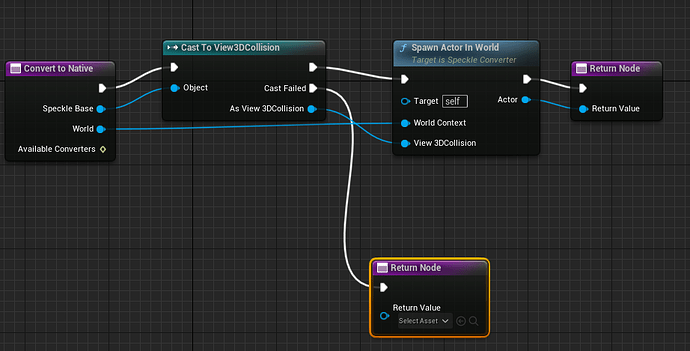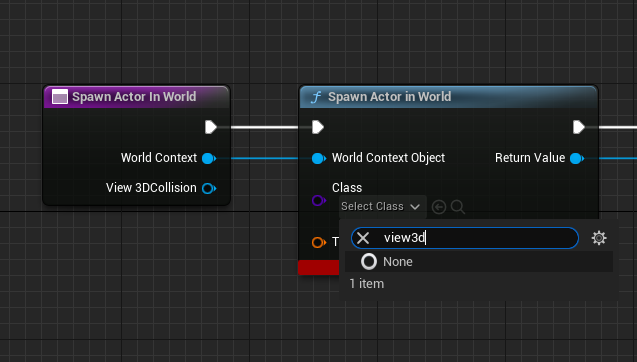Hi Jedd,
Had a few things happen, but now I’m back with Speckle for now. So I’m here to bug you about several things (but mostly just one for now)!
I have decided to just get going and try out your Tutorial you’ve linked over here : Unreal - Developing Custom Object Conversions
I am coming from the perspective from someone quite clueless to what is happening in Unreal and Speckle workings in general. So I have some feedback about it.
I wanted to try creating a custom View but decided to just follow the tutorial first, 1) just in case i did anything wrongly i can just refer, 2) I could just copy paste for how without worrying too much about the syntax or anything and try to understand what’s happening instead of getting bogged down by all the details, 3) I was initially also under the impression this was a walk-through example, but it seems more like a explanatory sample. However, View3D was already in use, thus preventing me from just copy pasting. Not a big deal, I just had a View3DModified as a starter, but it would be nice to have something that I could just follow through.
The video/snapshots are made with UE4, which from a new Unreal user starting from UE5, took me a small amount of time to figure out the translations (/mapping to UE5). Also I am not certain if this is a UE4->UE5 difference, but I could not select “Base” as a type (from the dropdown of Input/Output types), I am trying to select “Object” (Seems to say UObject, base of all objects) but I am not sure if this is correct (I am not sure what is the difference). Things seem to work (I think) but I got stuck at a later point, so I cannot be sure.
Now comes to where I am stuck and I have no clue how to proceed.
If you are unable to set an input of type World, then add a Spawn Actor in World node, then collapse to function.
I have done exactly this as I have faced this problem. I could not select “world” and so I’ve created the spawn actor ( where? I’ve tried a few places) and then collapse to function (where to reference this function?) and I still can’t select world and am not quite sure how to pass what is needed. Not quite sure what exactly is happening (Sorry I’m lost!), So I can’t figure it out yet.
Some more feedback at this point:
Some parts are not so explicit and I had to figure it out some parts, perhaps due to my inexperience with Unreal so it might be useful to mention, to add to the tutorial if you see fit.
For example, I did not know the best practice for extending / creating converters, and just created it somewhere in a blank project. The issue is later on when I tried to compile it, there was some linker errors and I had to add SpeckleUnreal and Json to the dependency modules in Build.cs. I hope mentioning this would help some of the later readers of the tutorial.
There is perhaps a typo here?
The ViewToNative to native function will have the following inputs/outputs.
Something else is that it could be useful to have a C++ example, perhaps just a basic one, so that the flow also could be understood, and it would help to illuminate the converters you’ve already done.
I say this as for now I am giving a go at looking at the C++ implementations you have done for the converters, for example StaticMeshConverter but have been finding it a bit obtuse for me but I am working through it for now.
Thanks again for your time.
